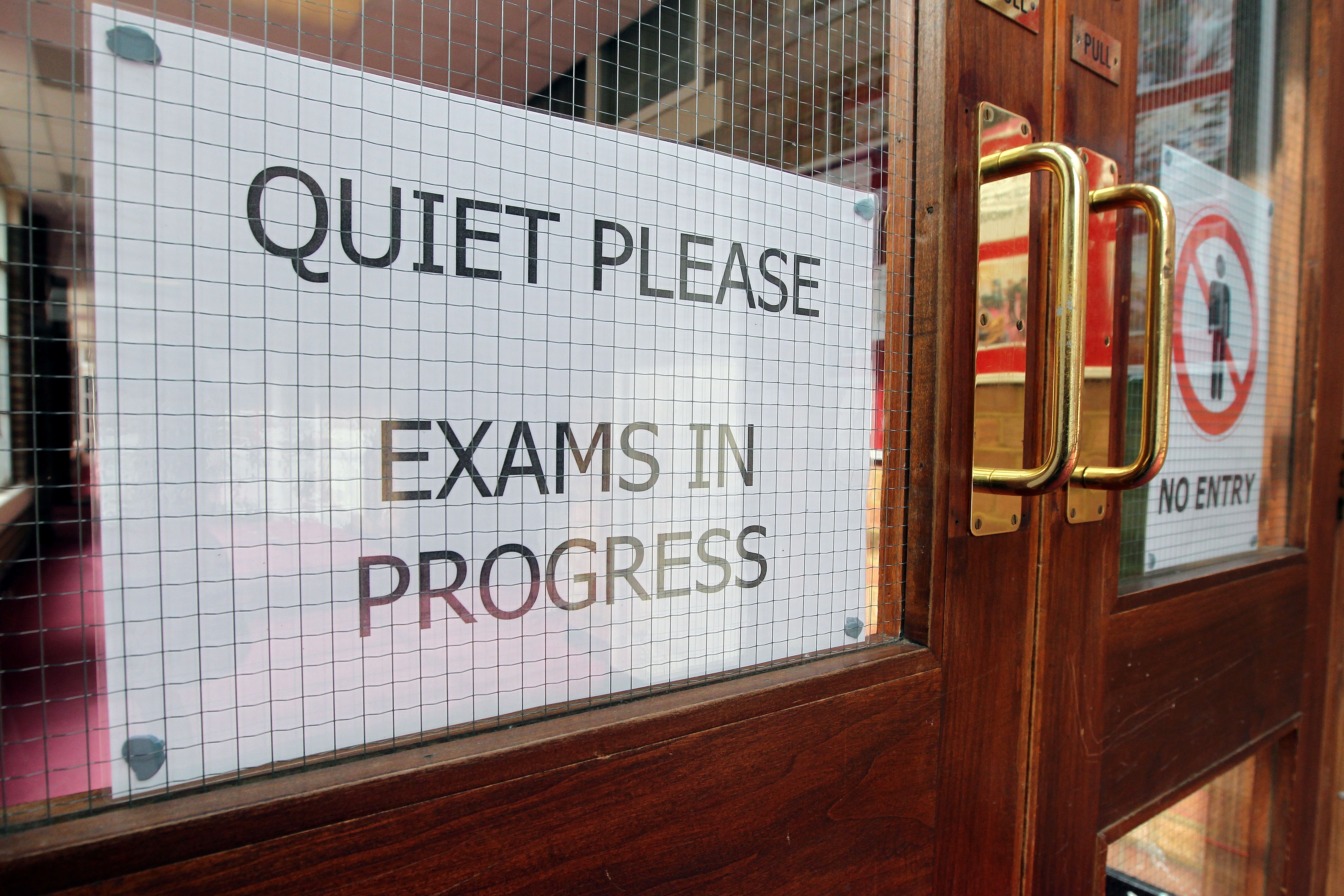Key statistics in this year’s GCSE results
The gender gap for the highest grades is the narrowest since 2009.

Your support helps us to tell the story
From reproductive rights to climate change to Big Tech, The Independent is on the ground when the story is developing. Whether it's investigating the financials of Elon Musk's pro-Trump PAC or producing our latest documentary, 'The A Word', which shines a light on the American women fighting for reproductive rights, we know how important it is to parse out the facts from the messaging.
At such a critical moment in US history, we need reporters on the ground. Your donation allows us to keep sending journalists to speak to both sides of the story.
The Independent is trusted by Americans across the entire political spectrum. And unlike many other quality news outlets, we choose not to lock Americans out of our reporting and analysis with paywalls. We believe quality journalism should be available to everyone, paid for by those who can afford it.
Your support makes all the difference.Here are the main figures for this year’s GCSE results:
– The proportion of candidates receiving the highest grades has fallen from last year, but remains higher than before the Covid-19 pandemic. A total of 22.0% of entries were awarded 7/A or above, down from 26.3% in 2022 but up from 20.8% in 2019.
– Some 68.2% of entries received a 4/C grade or above. This is down from 73.2% last year, but higher than 67.3% in 2019.
– The overall rate for grades 1/G or above is 98.0%, down from 98.4% in 2022 and also below 98.3% in 2019.
– The lead enjoyed by girls over boys for the top grades has narrowed. The proportion of female entries awarded 7/A or above was 24.9%, 5.8 percentage points higher than male entries (19.1%). This is the narrowest lead enjoyed by girls since 2009. Last year, girls led boys by 7.4 percentage points (30.0% girls, 22.6% boys).
– The gap at grade 4/C has narrowed for the sixth year in a row. A total of 71.7% of female entries were awarded 4/C or higher, compared with 64.9% for boys, a lead of 6.8 points. This is the narrowest lead for girls at 4/C since at least 2000. Last year the gap was 6.9 points.
– The most popular subject in terms of entries this year was science double award, with a total of 935,436 entries, up 3.5% on 2022.
– Maths remains the second most popular subject, with 821,322 entries, up 4.9% on 2022.
– Business studies saw the biggest percentage rise for any subject with at least 100,000 entries, jumping by 14.8% from 107,283 last year to 123,166 this year.
– Statistics saw the biggest percentage rise for any subject with at least 10,000 entries, increasing by 20.4% from 22,066 in 2022 to 26,559 in 2023.
– Music saw the largest percentage fall for any subject with at least 10,000 entries, falling by 12.5% from 37,705 last year to 32,980 this year.
– Overall, there were a total of 5,905,000 GCSE entries, up by 3.4% on last year’s figure of 5,708,871.
– A total of 1,160 16-year-olds in England taking at least seven GCSEs achieved a grade 9 in all their subjects. This is down from 2,193 in 2022 but up from 837 in 2019.